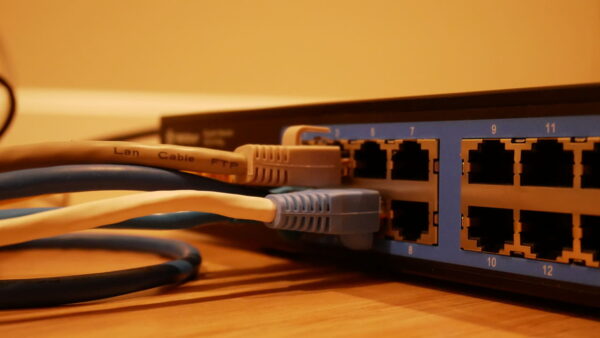✅ Last checked on
In our digitally connected world, a healthy home network is crucial for seamless internet access and communication. Whether you work from home, stream your favorite shows, or simply browse the web, disruptions in your home network can be frustrating.
In this comprehensive guide, we will explore the signs of a problem with your home network health. By the end, you’ll have the knowledge to diagnose and address issues effectively.
The Importance of Home Network Health

Your home network serves as the backbone of all your online activities. From smart devices to laptops and smartphones, everything relies on a stable network connection. Recognizing the signs of a problem can save you from countless headaches and disruptions.
Common Signs of a Problem
Slow Internet Speeds
One of the most noticeable signs of a home network issue is a significant drop in internet speeds. If webpages take forever to load, videos buffer endlessly, and downloads crawl, it’s time to investigate.
Intermittent Connectivity
Are you frequently experiencing sudden disconnects from your Wi-Fi? Intermittent connectivity can be a frustrating sign of a problem, causing interruptions in online tasks.
High Latency/Ping
Online gamers often encounter this issue – high latency or ping. It leads to lags and delays in online gaming, making the experience less enjoyable.
Device Connection Problems
When your devices struggle to connect to your home network or randomly disconnect, it’s a clear indicator of a problem.
Unresponsive Router
If your router frequently requires resets or becomes unresponsive, it might be struggling with network issues.
Home Network Health: Signs of a Problem
Is your home network health compromised? Look out for these signs, and keep your online experience smooth and frustration-free.
Identifying the Root Cause
Understanding the signs is crucial, but identifying the root cause is equally important. Here are some steps to diagnose your home network issues:
- Check Your Internet Plan: Ensure your internet plan meets your needs. Sometimes, slow speeds are simply due to a low-tier plan.
- Restart Your Router: A simple restart can solve many problems. Unplug your router, wait for a minute, and plug it back in.
- Update Firmware: Outdated router firmware can lead to issues. Check for updates on your router’s manufacturer’s website.
- Scan for Malware: Malware can affect your network’s performance. Use reliable antivirus software to scan your devices.
- Reposition Your Router: Ensure your router is placed in a central location to provide equal coverage to all areas of your home.
- Consider a Mesh Network: If you have a large home, a mesh network can help eliminate dead spots and improve connectivity.
FAQs (Frequently Asked Questions)
Can too many connected devices cause network problems?
Yes, an excessive number of devices can strain your network. Consider upgrading your router or managing your device connections.
Why do I experience network issues during peak hours?
Peak hours often result in network congestion as many users share the same bandwidth. Consider upgrading to a higher-speed plan.
Is it necessary to change my Wi-Fi password regularly?
Yes, changing your Wi-Fi password regularly enhances security and prevents unauthorized access.
What is the role of DNS servers in network health?
DNS servers translate web addresses into IP addresses. Using a reliable DNS server can improve your network’s performance.
Can outdated network cables affect performance?
Absolutely, outdated or damaged cables can hinder network performance. Replace them if needed.
How can I perform a speed test to check my network health?
You can use online speed test tools like Ookla’s Speedtest or Fast.com to assess your network’s speed and performance.
Conclusion
Maintaining a healthy home network is essential for a smooth online experience. By recognizing the signs of a problem and following the steps to diagnose issues, you can ensure that your home network operates optimally.
Don’t let network problems disrupt your digital life – take action and enjoy uninterrupted connectivity.